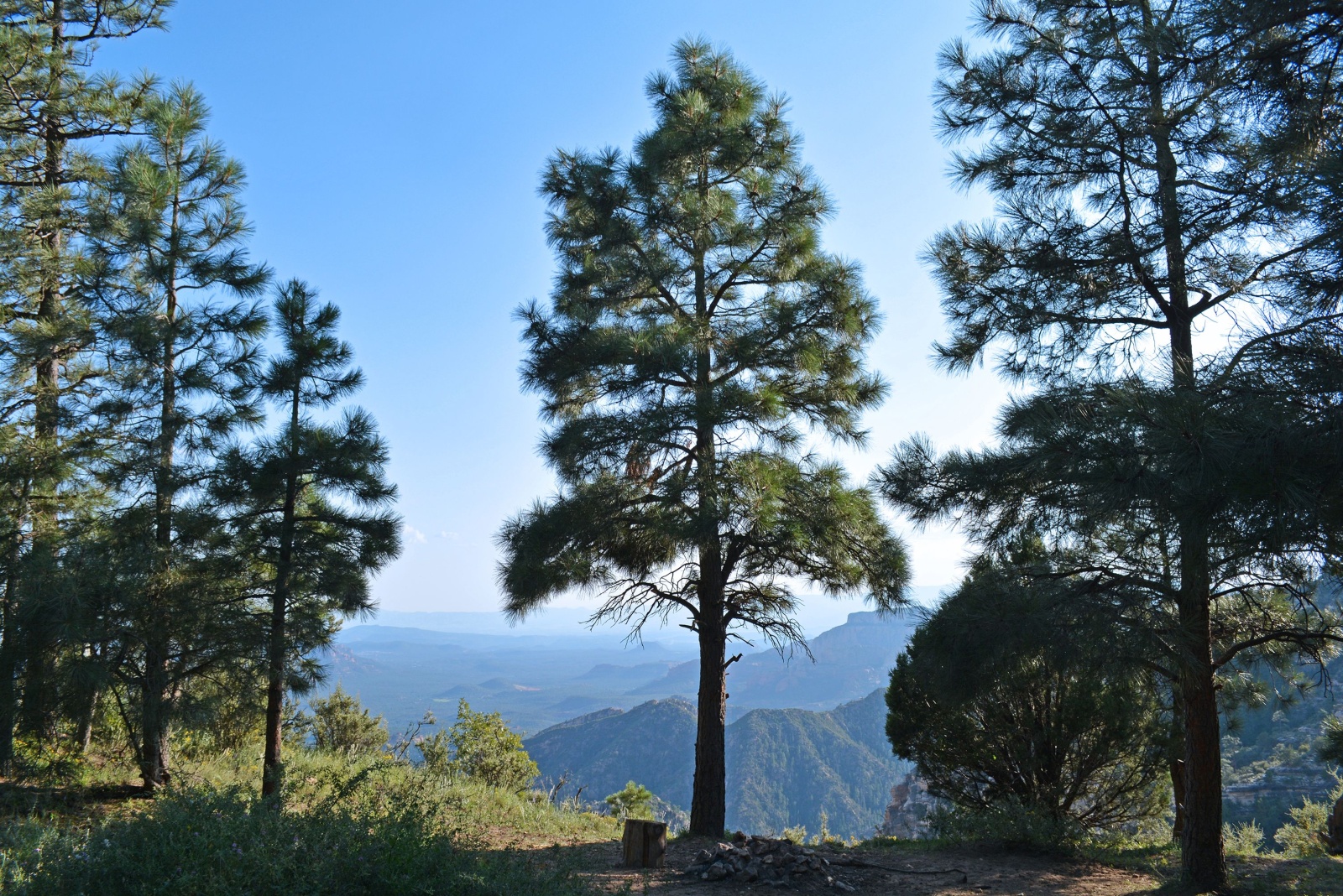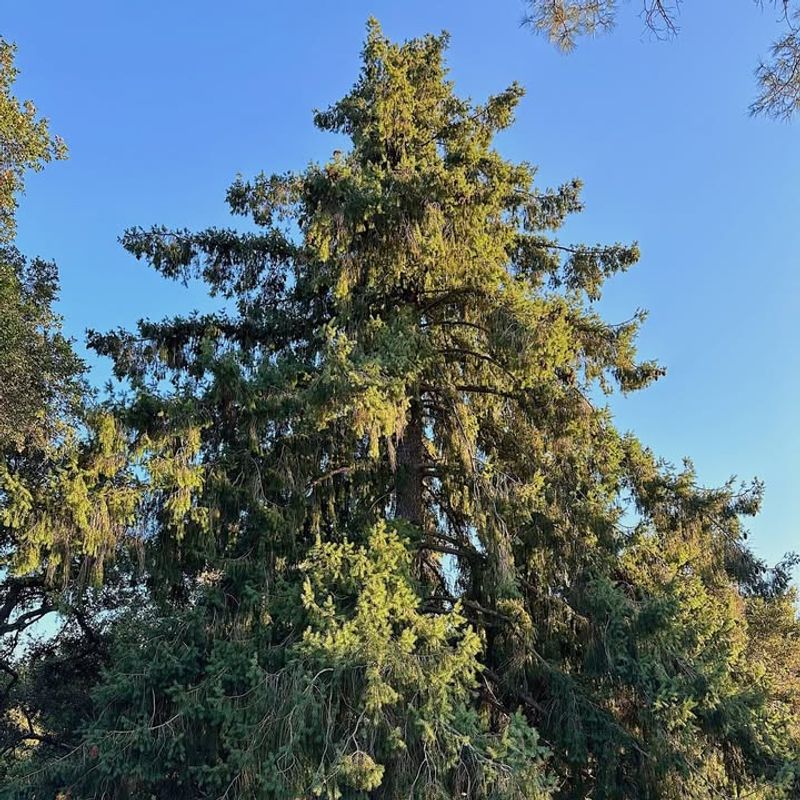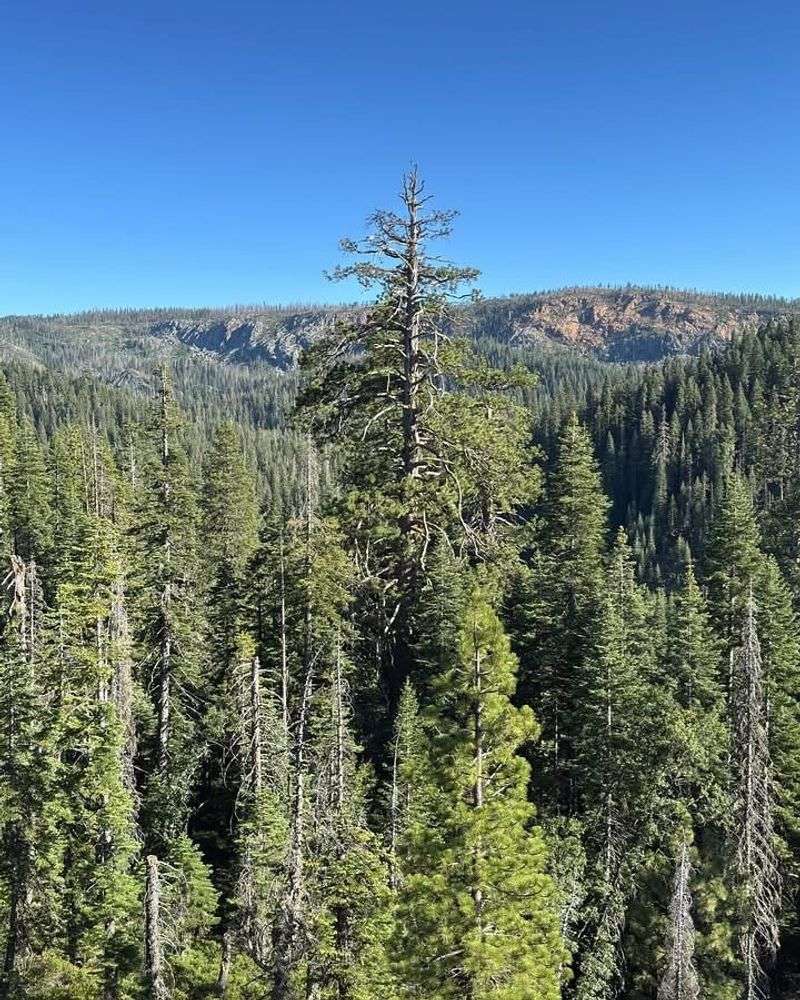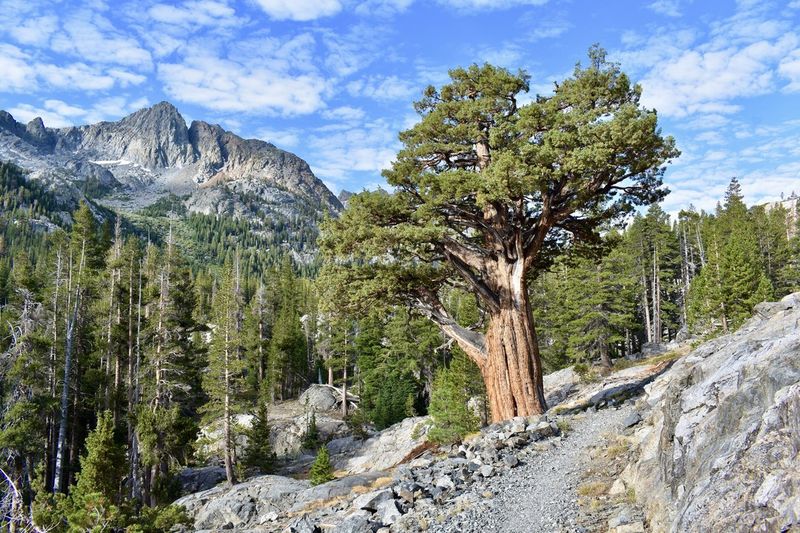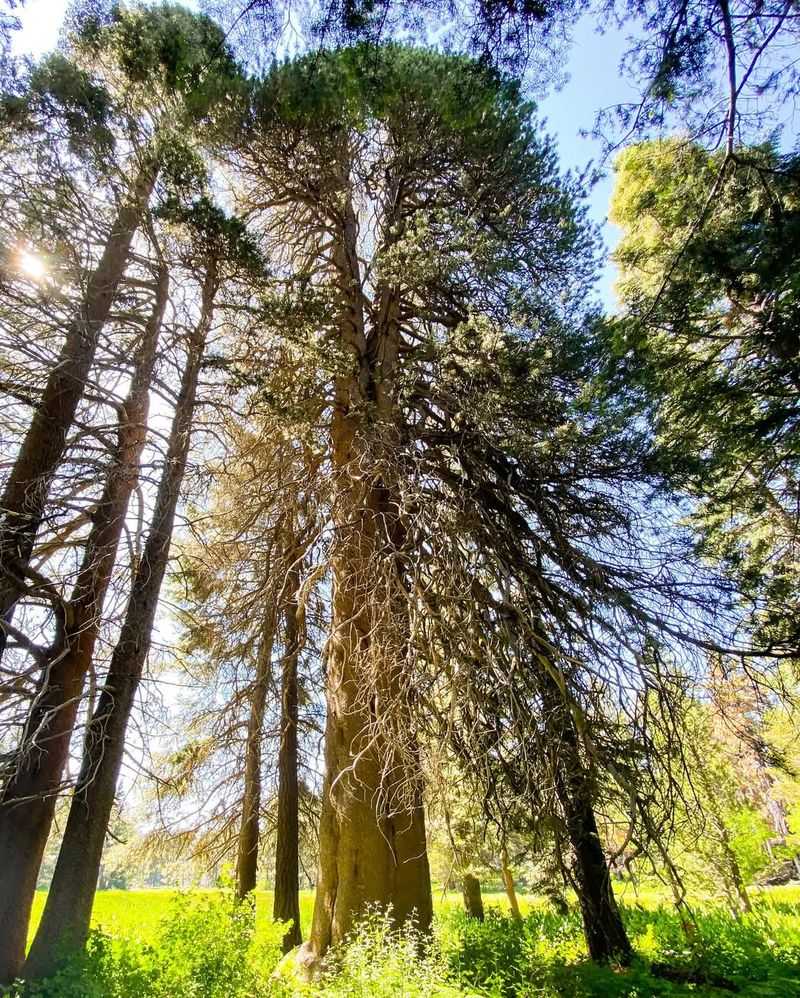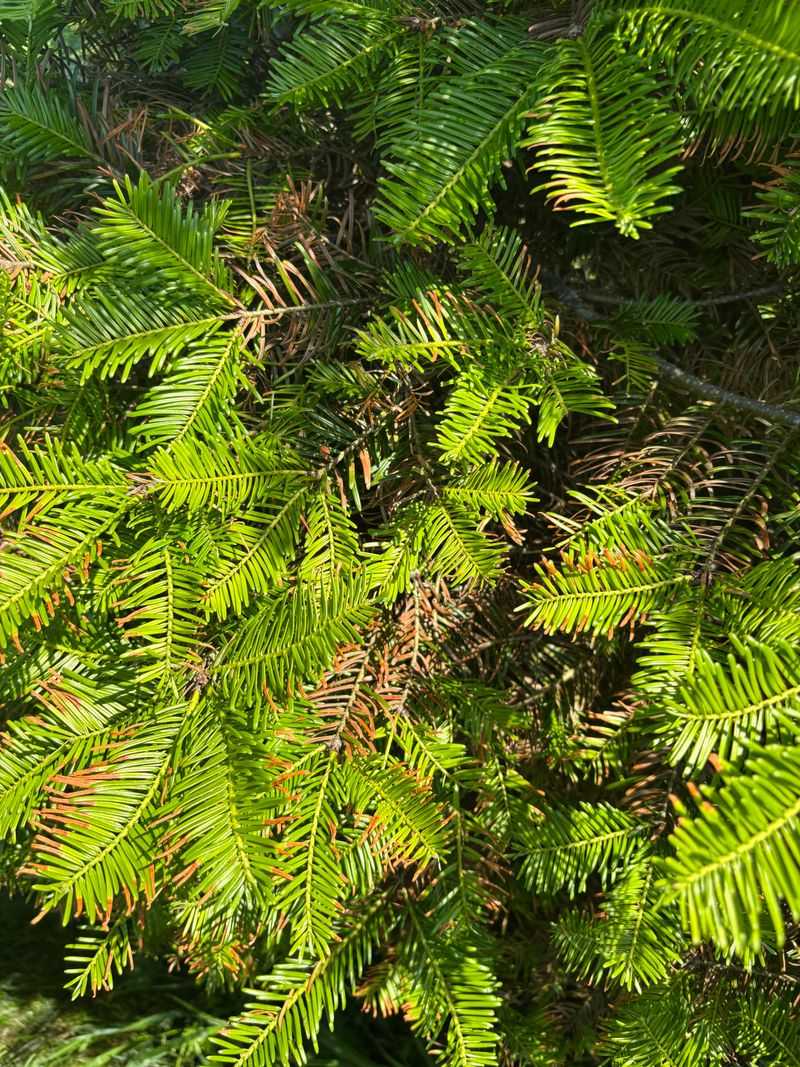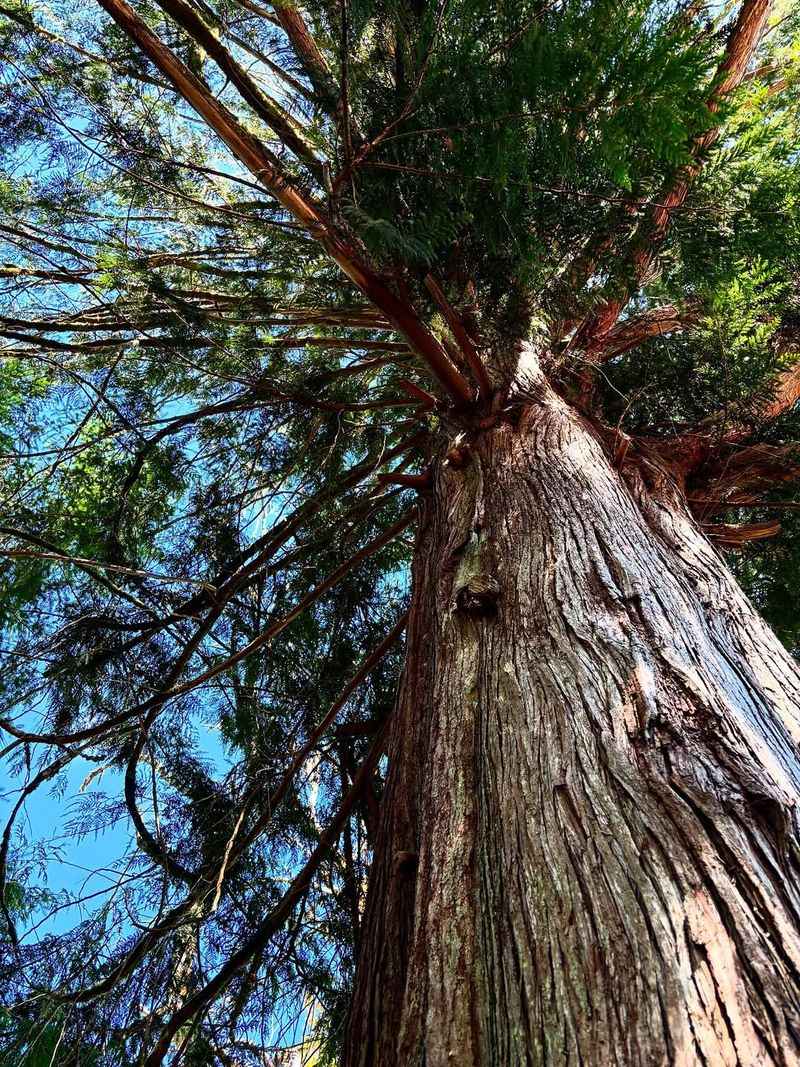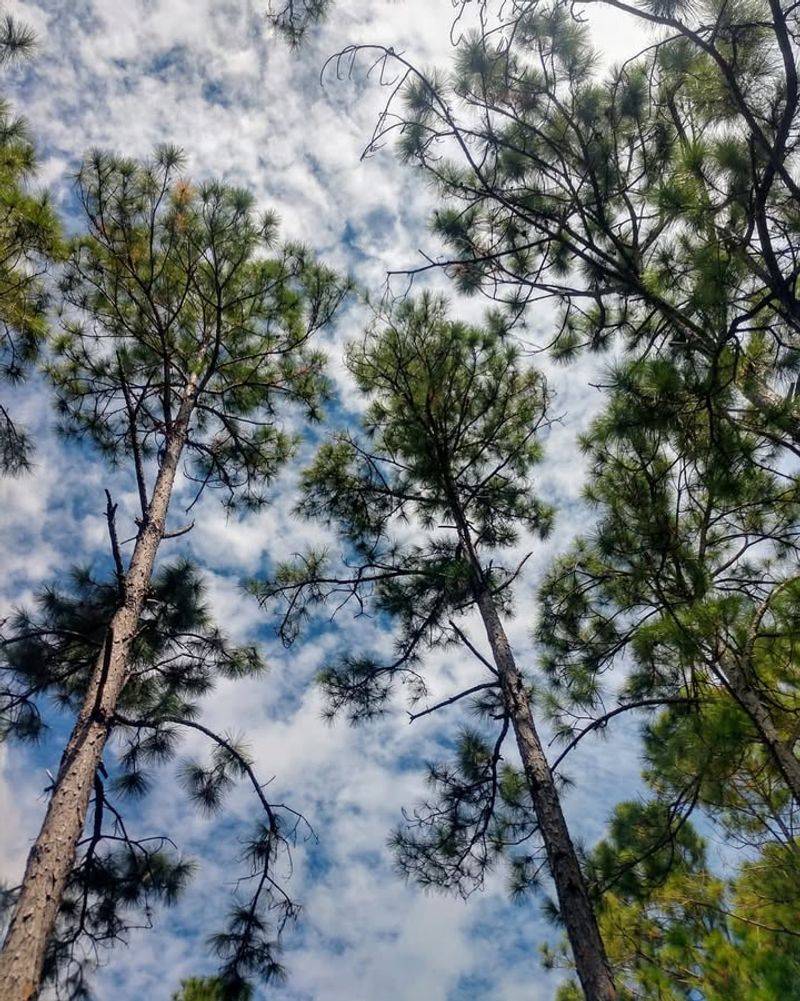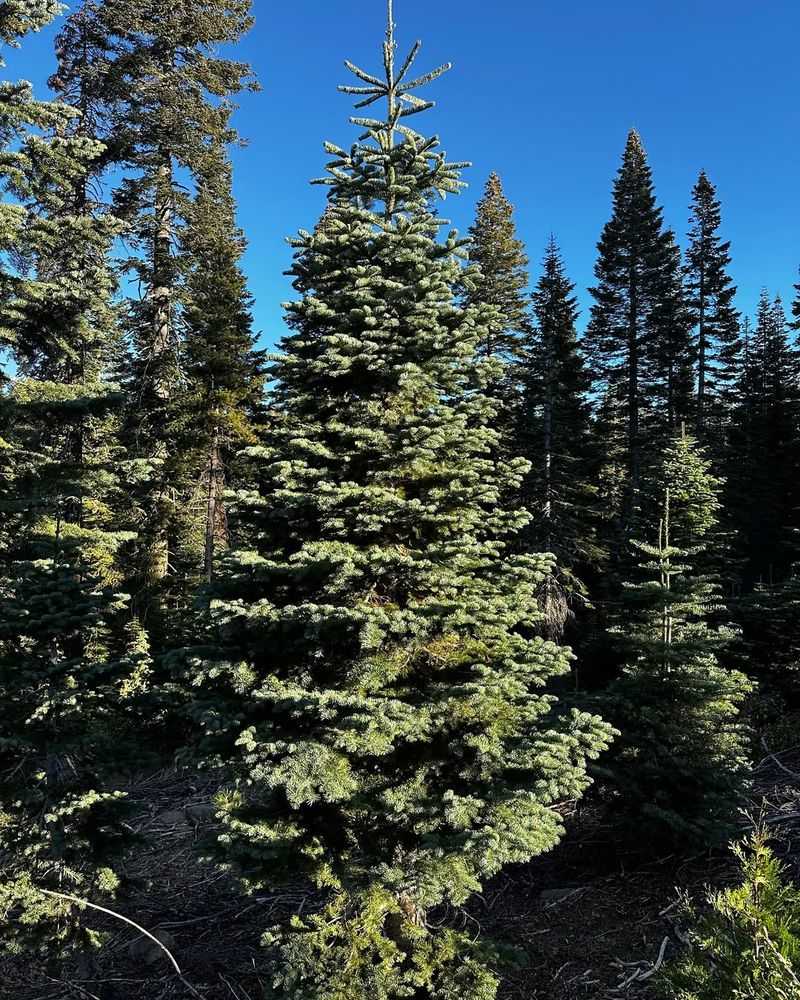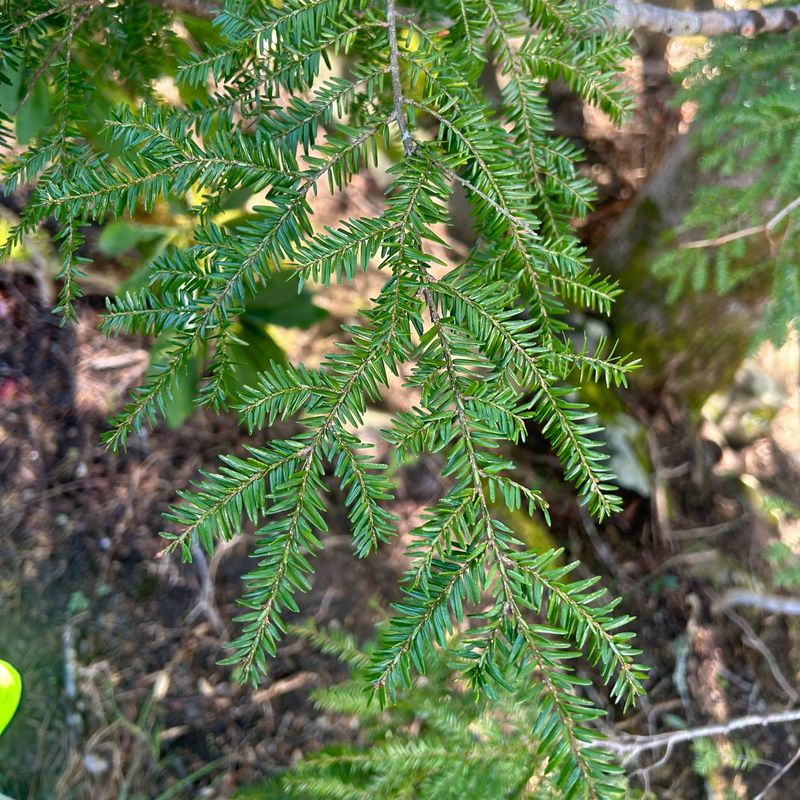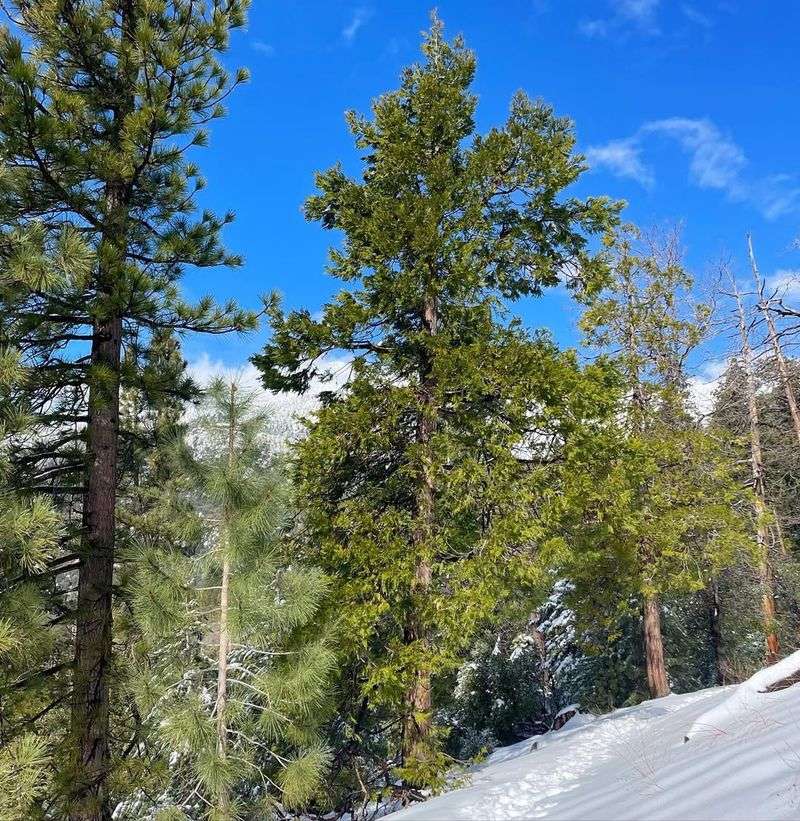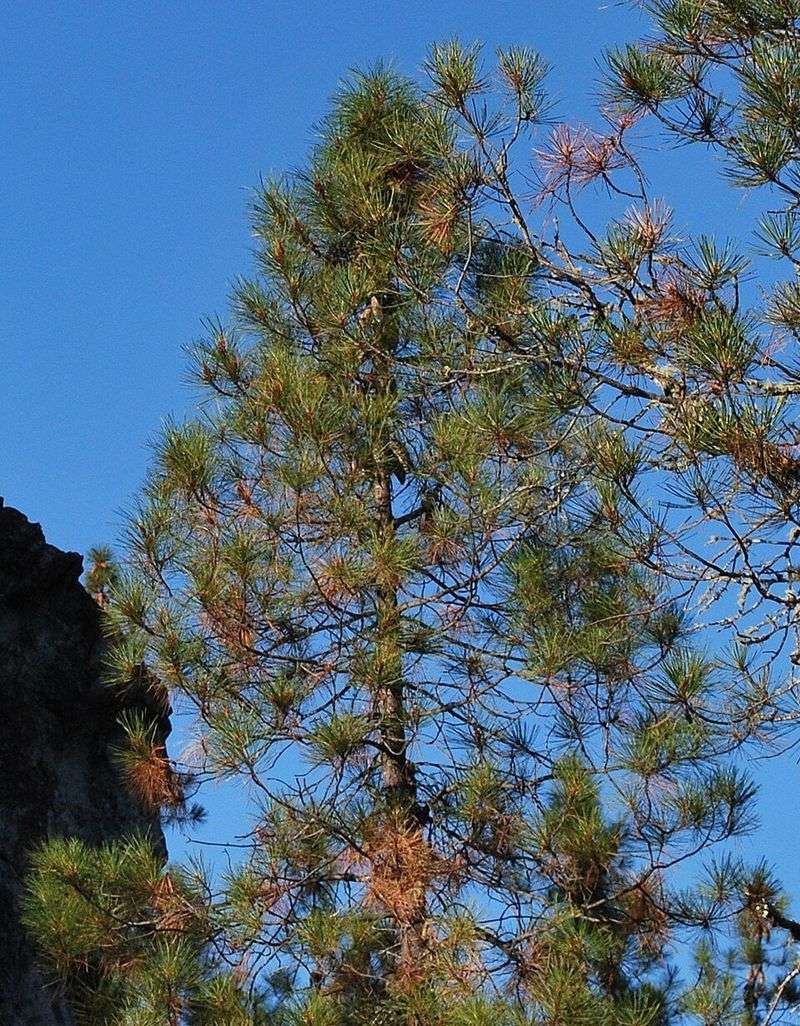Across Oregon, homeowners are taking a hard look at the trees growing near their homes as wildfire seasons grow longer, hotter, and far more unpredictable.
Some species that once passed as innocent shade trees are now being flagged as high-risk fuel, capable of turning a small spark into a fast-moving danger.
With dry summers becoming the new norm, trees rich in oils, resins, or brittle wood can work against a homeowner’s best fire-prevention efforts.
Even healthy specimens can become liabilities when embers drift on the wind, catching in flaky bark or dense canopies that ignite like kindling.
Fire officials and arborists are urging residents to rethink landscaping choices, especially in neighborhoods bordering forested areas or grasslands.
Removing certain trees isn’t just a matter of curb appeal—it’s a powerful step in creating defensible space.
Understanding which species pose the biggest threat helps homeowners protect their property long before wildfire season hits its stride.
1. Douglas Fir
Oregon’s state tree might seem like a safe choice, but Douglas Firs can actually fuel wildfires quickly.
Their thick bark collects heat, and the lower branches often hang close to the ground, creating a ladder for flames to climb.
Withered needles pile up underneath these giants, forming a carpet of dry fuel.
When embers land nearby, the whole tree can ignite within minutes.
Consider removing Douglas Firs that grow too close to your house or other structures for better fire safety.
2. Ponderosa Pine
With its beautiful orange bark and towering height, the Ponderosa Pine looks majestic but carries serious fire risks.
Sticky resin flows through the wood, acting like gasoline when exposed to flames.
Long, dry needles drop constantly, building up flammable layers around the base.
Mature trees can send sparks flying hundreds of feet when they burn.
Fire experts recommend clearing Ponderosa Pines within 30 feet of homes, especially on slopes where fire travels faster uphill toward buildings.
3. Western Juniper
Did you know? Western Junipers contain oils so flammable they can explode during intense heat.
These scraggly evergreens thrive in dry conditions but turn into fire bombs when temperatures soar.
Their shaggy bark shreds easily, catching embers like a net.
Branches stay dense all the way to the ground, giving fires an easy path upward.
Removing junipers from defensible space zones is one of the smartest moves Oregon homeowners can make during fire season preparations.
4. Lodgepole Pine
Lodgepole Pines evolved to thrive after fires, which tells you everything about how well they burn.
Their thin bark offers almost no protection against heat, and resin-filled cones pop open explosively when flames arrive.
These trees grow in tight clusters, allowing fire to jump easily from one to another.
Beetles often attack weakened lodgepoles, leaving behind dry wood that ignites instantly.
Clearing them from around your property creates crucial breathing room during wildfire emergencies.
5. Grand Fir
Grand Firs might look innocent with their soft needles and symmetrical shape, but they hide a dangerous secret.
Sap-filled branches burn intensely once ignited, producing flames that reach incredible heights.
Lower limbs touch the ground on many specimens, creating perfect fire ladders.
Thick needle layers underneath stay dry even after rain, ready to ignite from a single ember.
Fire safety professionals often target Grand Firs first when helping homeowners create defensible space around their properties.
6. Western Red Cedar
Despite being naturally rot-resistant, Western Red Cedars turn into torches during wildfires.
Stringy bark peels off in long strips that catch fire easily and carry flames upward like fuses.
Aromatic oils throughout the wood burn hot and fast once ignited.
Dry branches often cling to the trunk for years, adding extra fuel.
Homeowners should pay special attention to cedars growing on slopes or near wooden decks, where fire danger multiplies because of proximity and terrain.
7. Shore Pine
Shore Pines twist into unique shapes along Oregon’s coast, but their beauty comes with fire risks.
Resinous wood and needles ignite quickly, especially after dry summer months turn them crispy.
Compact growth patterns mean flames can engulf the entire tree rapidly.
Salt spray might protect coastal specimens slightly, but inland Shore Pines become serious hazards.
Removing these twisted trees from within 50 feet of structures significantly improves your home’s chances of surviving a wildfire event.
8. White Fir
White Firs grow at higher elevations where fire danger often peaks during lightning storms.
Their soft wood contains pockets of flammable resin that pop and crackle when burning.
Needles stay attached to branches even after withering, creating dry fuel throughout the canopy.
Shallow root systems make these trees prone to toppling during fires, potentially landing on homes or blocking escape routes.
Smart homeowners thin out White Firs before fire season arrives, reducing fuel loads around their mountain properties.
9. Mountain Hemlock
Mountain Hemlocks grow where snow lingers late, but summer drought transforms them into fire hazards.
Thin bark provides minimal protection, allowing heat to destroy the living tissue underneath quickly.
Dense branch structure traps dry needles inside the canopy, creating hidden fuel sources.
When one hemlock ignites, nearby trees often catch fire too because they grow so close together.
Fire officials recommend clearing hemlocks from defensible zones, especially around cabins and vacation homes in Oregon’s high country.
10. Incense Cedar
Incense Cedars smell wonderful when you crush their foliage, but those aromatic oils spell trouble during wildfires.
Shaggy bark strips peel away easily, catching embers and spreading flames upward along the trunk.
Dry lower branches often persist for years, creating fuel ladders that connect ground fires to tree crowns.
Once burning, these cedars produce intense heat that ignites nearby structures.
Removing incense cedars from within 30 feet of buildings provides essential protection for Oregon homes in fire-prone areas.
11. Knobcone Pine
Knobcone Pines literally need fire to reproduce, which makes them incredibly flammable by design.
Tightly closed cones only open and release seeds when exposed to extreme heat from wildfires.
Resin-soaked wood burns explosively, sending embers flying in all directions.
These pines often grow in dense stands on steep slopes where fires spread fastest.
Oregon homeowners living near knobcone groves should create wide clearance zones, because these trees can turn a small fire into a raging inferno within minutes.

